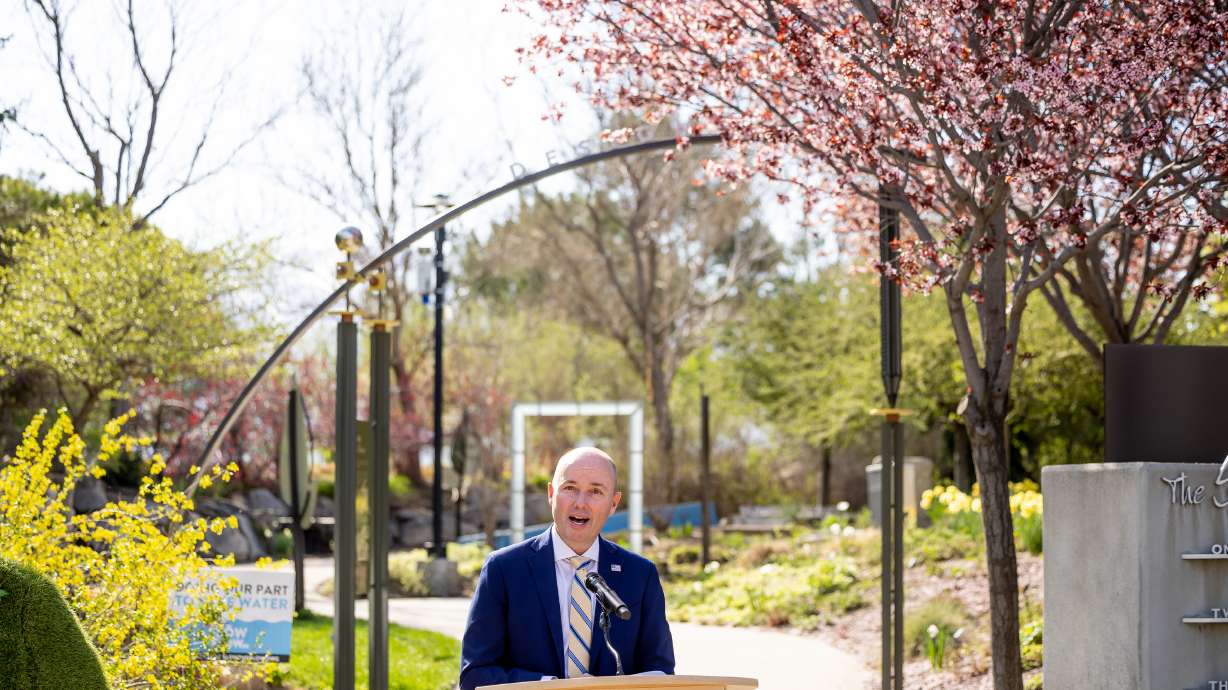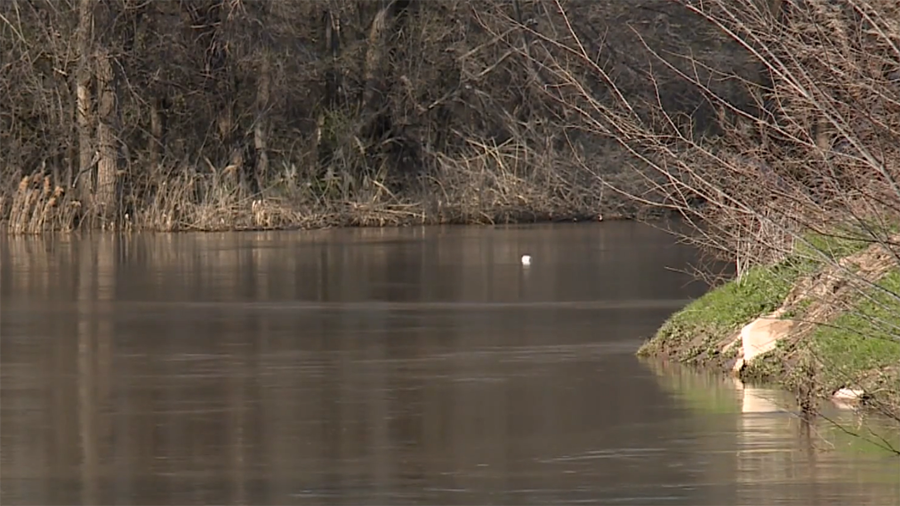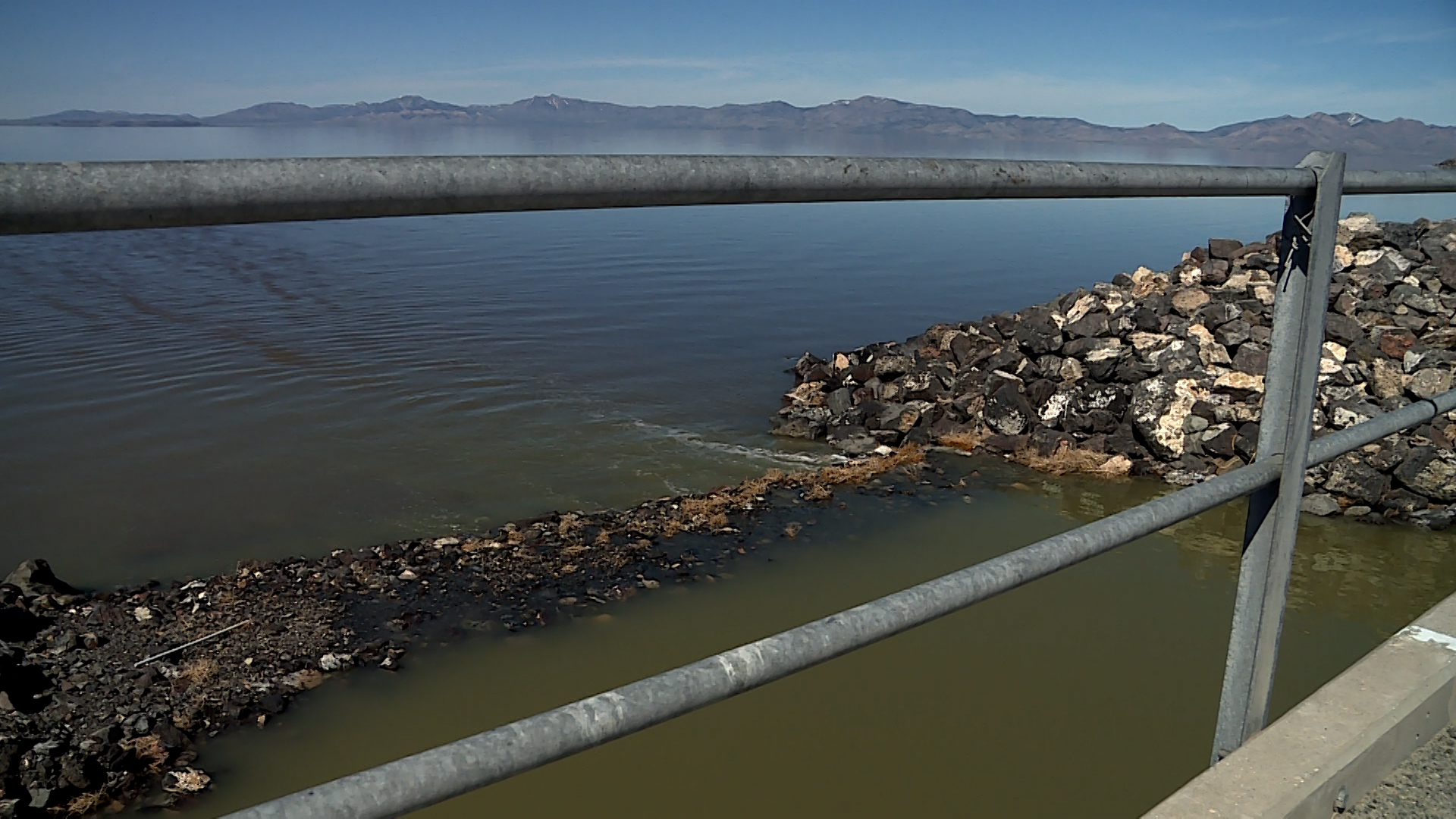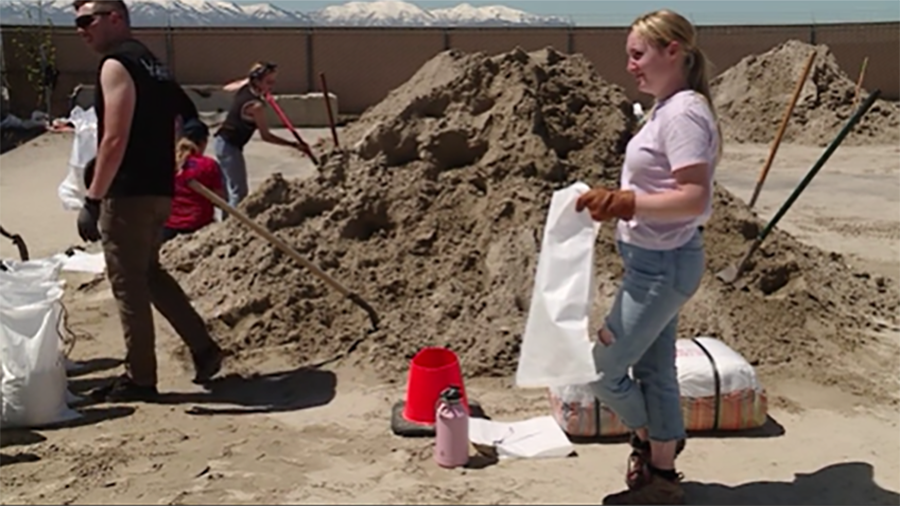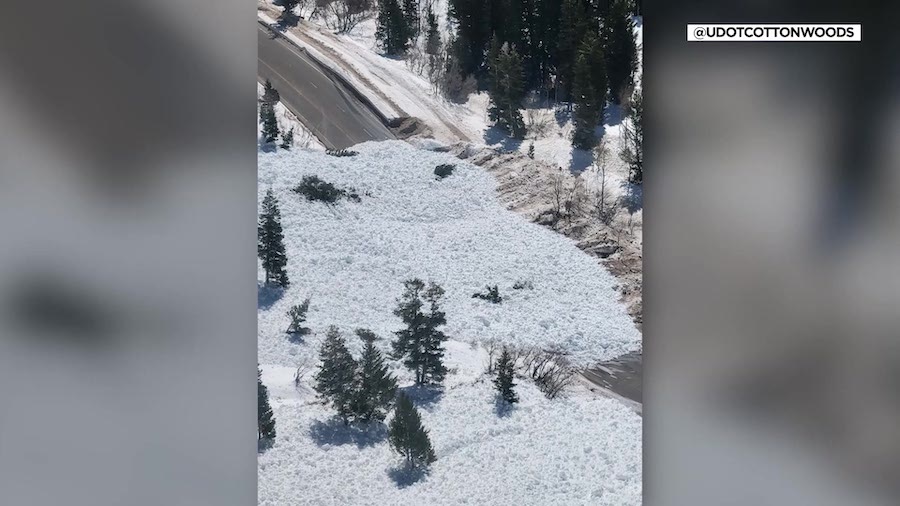UTAH'S WATER
US: More Must Be Done To Protect Colorado River From Drought
Dec 19, 2020, 12:13 PM
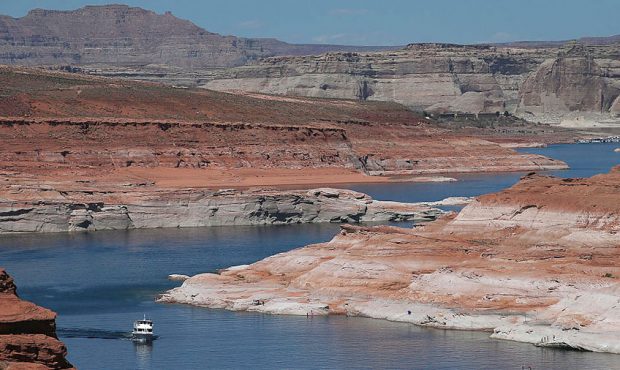
FILE: Boats navigate the waters of Lake Powell on March 28, 2015 in Page, Arizona. As severe drought grips parts of the Western United States, a below average flow of water is expected to enter Lake Powell and Lake Mead, the two biggest reservoirs of the Colorado River Basin. The Colorado River Basin supplies water to 40 million people in seven western states. (Photo by Justin Sullivan/Getty Images)
(Photo by Justin Sullivan/Getty Images)
FLAGSTAFF, Ariz. (AP) — A set of guidelines for managing the Colorado River helped several states through a dry spell, but it’s not enough to keep key reservoirs in the American West from plummeting amid persistent drought and climate change, according to a U.S. report released Friday.
Millions of people in seven states and Mexico rely on the river for drinking water and growing crops. The 2007 guidelines were meant to lessen the blow of any future cuts in the water supply for growing areas, giving states an idea of what to expect each year and ways to manage the risks.
The report by the U.S. Bureau of Reclamation found that the guidelines provided stability, along with other agreements among the states and with Mexico, but they won’t be enough to sustain a region that’s getting warmer and drier and has demanded more from the Colorado River.
The guidelines and an overlapping drought contingency plan expire in 2026. Officials in Wyoming, Utah, Colorado, New Mexico, Arizona, California and Nevada told the Interior Department on Thursday that they have started talking about what comes next.
Tom Buschatzke, director of the Arizona Department of Water Resources, said it won’t be easy.
“People dig in,” he said. “The further you go, the more they find a way to get out of that hole they’ve dug, and that’s just kind of how it works.”
The Bureau of Reclamation was tasked with reviewing the effectiveness of the 2007 guidelines before year’s end to help with a baseline for the new negotiations. The guidelines spelled out the operations of the nation’s two largest manmade lakes — Lake Powell along the Arizona-Utah border and Lake Mead along the Arizona-Nevada border — outlining what happens when the river can’t supply the water that states were promised in the 1920s.
The guidelines allow water to be stored in Lake Mead, the reservoir created by the Hoover Dam. They set marks for the lake that would trigger water cuts to Nevada and Arizona. California and Mexico have been looped in on possible cuts in other plans.
The guidelines were meant to be flexible and encourage consensus among states, rather than the federal government dictating management of the river, and to avoid litigation because states were required to consult with each other before suing.
“As Westerners, we were all too familiar with the negative consequences of lawsuits challenging water operations in basins across the West,” Bureau of Reclamation Commissioner Brenda Burman wrote in the report’s foreword. “Once litigation starts, flexibility, innovation and problem solving often give way to rigid positioning and protection of positions.”
In comments before the report was finalized, Native American tribes said they largely were left out of the discussions that led to the guidelines and want a bigger role in the next round of talks, with recognition of their sovereign status. They hold the rights to 3.4 million acre-feet of water annually in the Colorado River basin.
Not all tribes, including the Navajo Nation and Hopi Tribe in northwestern Arizona, have secured the legal right to the water they claim in the basin.
Burman said the Bureau of Reclamation, states, tribes and others will focus in the weeks ahead on creating timelines for the negotiations.
“We all will need to work more efficiently and faster than we typically have in the past,” she said Friday in a virtual meeting of Colorado River water users. This year “has taught us, if we know anything, that we cannot take time for granted.”
When the 2007 guidelines took effect, Lake Powell and Lake Mead together were about half full. Conservation, delayed water deliveries, a balancing act and other measures have kept them hovering at that level.
States, tribes, cities and other water users are expected to use the Bureau of Reclamation report as a resource for deciding what will replace the guidelines.
Southern Nevada gets about 90% of its water from the Colorado River. The entity that manages it, the Southern Nevada Water Authority, said conservation has been a key part of weathering the drought. That includes a program that provides financial incentives for residents and businesses to get rid of lawns.
Arizona got a head-start on the work this year when it reassembled a group that worked on the state’s drought contingency plan. It has set some principles including not leasing water to other states or users, which some tribes want to do.
“Of course, one of the huge principles is we want to share the benefits of the system but also the risks of the system equitably across all the states and in Mexico,” Buschatzke said.

